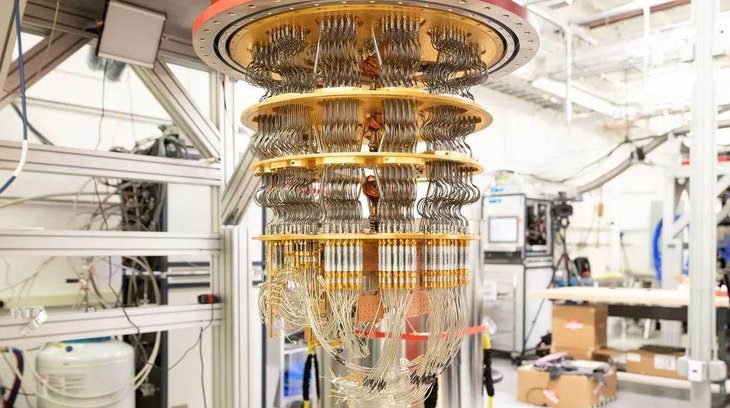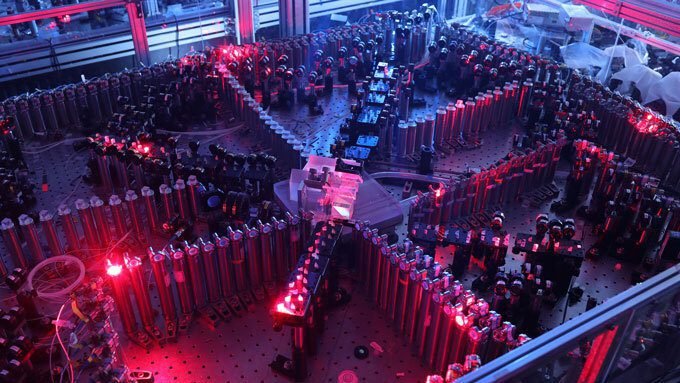The Jiuzhang is a recently built quantum computer, which makes impossible calculations for a digital computer using photons, light particles.
Source: UPI
A new type of quantum computer, developed by a team of scientists from several Chinese research institutions, has achieved “quantum supremacy.”
Quantum supremacy is achieved when a quantum computer can best the performance of a supercomputer at just one task.
“Quantum computational advantage is like a threshold,” Lu Chaoyang, professor of the University of Science and Technology of China, told China’s state news agency Xinhua.
“It means that, when a new quantum computer prototype’s capacity surpasses that of the strongest traditional computer in handling a particular task, it proves that it will possibly make breakthroughs in multiple other areas,” Chaoyang said.
Last year, Google’s quantum computer became the first to achieve quantum supremacy, performing calculations in a matter of minutes that scientists estimated would take a supercomputer 10,000 years to complete.
Unlike Google’s Sycamore computer, which used superconducting materials to manage qubits — bits of quantum information — the new Chinese computer, called Jiuzhang, is photon-based, using light to move and store quantum bits.


It looks like that Jiuzhang doesn’t need to work at extremelly low temperatures, in opposition to other quantum computers like Sycamore. Dismiss cooling equipment would be a great advance in quantum computing.
The name cames from Jiuzhang Suanshu, also know as “The 9 chapters of Mathematical Art”. Published around 2nd century CE.

Calculation made by Jiuzhang
To prove the computer’s quantum supremacy, researchers used it to carry out a type of calculation called boson sampling. The researchers described their success in a new paper published this week in the journal Science.
Gaussian boson sampling is a classical simulation algorithm that’s difficult for classical computers to perform. Boson sampling calculates the distribution of outputs from a straight-line optical circuit featuring multiple inputs and outputs.
Jiuzhang was able to perform the calculations by sending photons through a series of optical circuits guided by mirrors. Moving through the circuits, the photons encounter beam splitters, sending photons simultaneously down different paths.
During their repeated trips through the circuitry, photons are split and merged — interfering with one another as dictated by quantum mechanics.
The photons spit out the other the end of the circuits provide a quantum calculation — qubits that translate to the distribution of outputs.
Jiuzhang completed the boson sampling calculations in just a few minutes. Scientists estimated the same calculations would take some of the world’s fastest supercomputers more than half-a-billion years.
The researchers responsible for Jiuzhang’s design claim the quantum computer could be adapted to perform calculations useful to graph theory, machine learning and quantum chemistry.
For more information about quantum computing, click on the following links.
Quantum computing (Part 1)Click here
Quantum computing (Part 2)Click here
Applications of quantum computers in this link.




regarding the jiuzhang computer.I have a bicoin account number I need cracked.42 digits and numbers.Can you assist me?I was actually looking up quark computers but came across this.Or send text yes or no to 7472904516 my animalman email is being hacked.
I can’t help. It’s beyond my expertise.